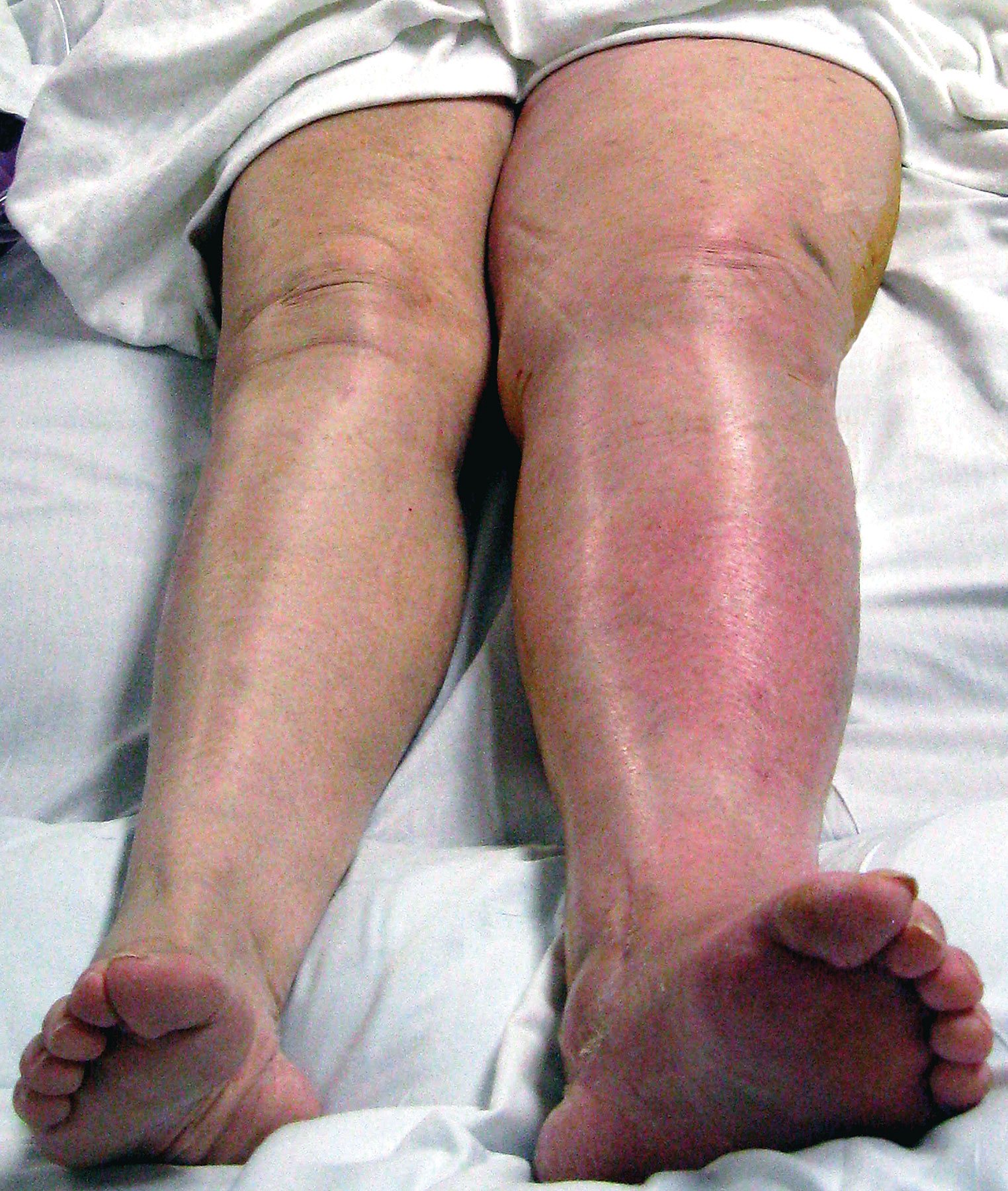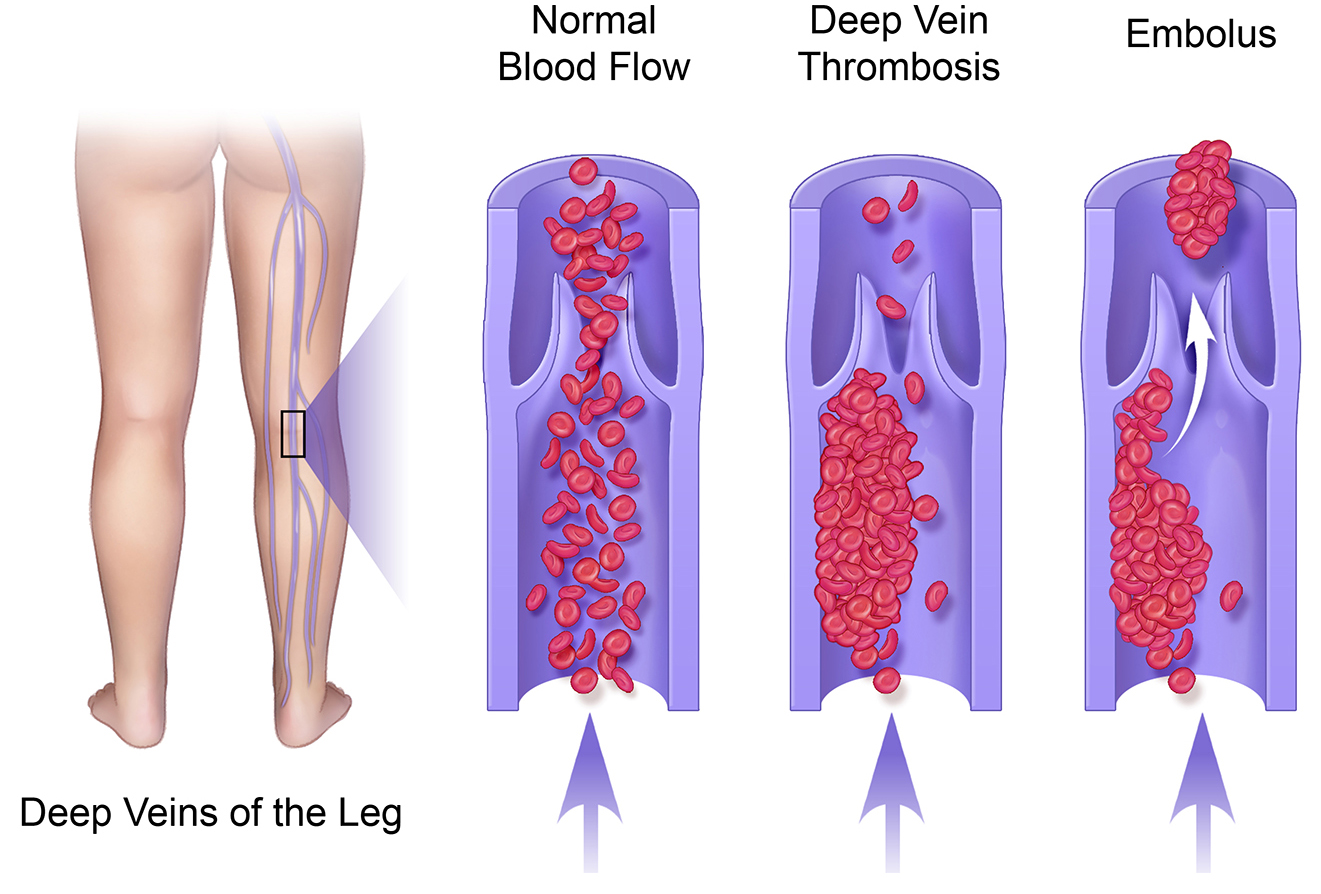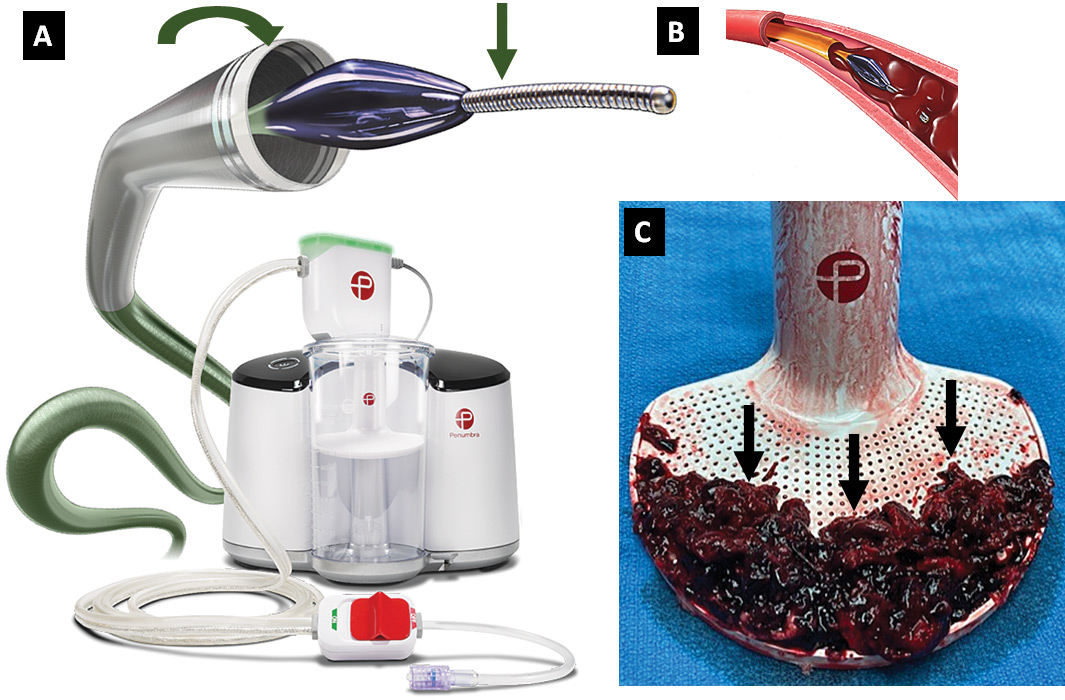Deep Vein Thrombosis
Deep venous thrombosis (DVT) refers to a blood clot that develops in the deep venous system. DVTs can be dangerous as clots can break off and travel to the lungs and cause pulmonary embolisms (PE). If there are heart defects, a clot can travel to the brain, potentially causing a stroke and/or death.
Most DVTs occur in the veins of the calf, but they also can develop in the thigh and hip area and in the arms. These blood clots usually begin in areas where blood flow is stopped or decreased, for example when there is an injury to the blood vessel wall. Each year, up to 800,000 Americans suffer from DVT and can account for about 550,000 hospitalizations a year in the United States.
DVTs occur for many reasons. They can happen due to blood flow problems in the veins, injury to the veins, or increased clotting factors – either genetic or related to other medical conditions. DVTs can be primary (unprovoked) meaning that we don’t know why the DVT occurred. DVTs can also be secondary (provoked) meaning that there is a known risk factor.
Symptoms
Early signs of a DVT can include pain, swelling, warmth, and redness in the area where the blood clot has formed. Or DVTs may not cause symptoms of pain or swelling and may be picked up only with imaging such as an ultrasound.

A person with an acute left proximal DVT extending to the groin and pelvic veins demonstrates the swelling that extends from the calf to the thigh, shiny skin of the calf with a reddish complexion. Photo courtesy of John Blebea, MD (The Healthy Veins Book, 2023, p. 115, fig. 23-1).
Risk Factors
- Age (leading risk factor for DVT)
- Recent major surgery or trauma
- Active cancer (malignancy)
- Personal history of blood clots
- Family history of blood clots
- Diagnosed hypercoagulable condition or blood clotting disorder
- Certain medications: oral contraceptives and hormone therapy
- Pregnancy
- Obesity
- Long distance travel greater than 4 hours/immobilization (not moving much)
- Gender (men have higher risk than women)
- Race (African American>White>Asian>Hispanic)
- Chronic venous disease (varicose veins)
- Lung disease
- Heart failure
- Connective tissue disorders
Are you at risk for DVT? Assess your risk by taking a short online test* developed by Joseph A. Caprini, MD.
*The American Venous Forum did not create and does not endorse the test.
Complications
DVT can lead to post-thrombotic syndrome, which is a lifelong or permanent condition associated with leg swelling, heaviness, and potentially leg pain. This can happen when there is residual scar tissue/chronic clot in the vein or damage to vein valves. (insert hyperlink to chapter on PTS) This complication may occur in up to one-third of people with DVT and can cause pain, fluid build-up, change in skin color, and skin ulcers.
In addition, DVT can have more serious consequences. It can lead to blockage of an artery in a lung (pulmonary embolism), which can be life-threatening. This occurs in about 10 percent of people who have DVT.
Diagnosis
Diagnosis is based on a combination of clinical history, physical exam, ultrasound testing, and/or blood testing. If the DVT is quite large and extends into the abdomen, other tests such as CT/MRI may be performed.
Treatments
DVT can be treated in several ways:
Medications
“Blood thinners” (antiplatelet agents/anticoagulants) are prescribed to reduce the blood’s ability to clot. These medications prevent the clot from getting larger while your body works to dissolve the existing clot. It is important to work closely with your physician or healthcare provider when taking these medications to make sure that your dosage is correct. A dose that is too low will not prevent additional blood clots; a dose that is too high can increase the risk of bleeding.
“Clot busters” (thrombolytics) can also be used to treat blood clots. These drugs, which are given by IV or can be targeted with specialized catheters put into the clot, are used to break up more serious DVTs, as well as pulmonary embolisms. They can cause serious bleeding and are reserved for use when the blood clot is considered life-threatening or leg symptoms are severe.
Pharmacomechanical Thrombolysis
Some specific clots may benefit from immediate treatment by removing the clot with specialized catheters that can break up and suction out the clot. These catheters can also inject local clot busting drugs. Your physician or non-physician provider will decide if you are candidate for this.
- A suction system (Penumbra Indigo®) available to remove clots from the blood vessels of the lung. A wire with a small balloon (straight arrow) assists in the positioning of the plastic tube (curved arrow) through which the clot is suctioned next to the clot (inset B). C. Photograph of multiple blood clots (black arrows) pulled out with this device. Photo courtesy of Raghu Motaganahalli, MD (The Healthy Veins Book, 2023, p. 127, fig. 25-5).
Filters
In certain cases, your physician or non-physician provider can insert a filter into a large vein in the abdomen (inferior vena cava) to prevent a blood clot from traveling to the lungs. These are temporary and should be removed when no longer required.
Compression Stockings
Special graduated compression stockings cover the foot up to the knee (some up to the thigh) and create pressure that helps prevent the blood from pooling and clotting. They also help reduce swelling from DVTs and post-thrombotic syndrome.
How to Prevent DVTs
For most people, walking regularly (preferably 10,000 steps daily), eating less salt, staying well hydrated, not sitting or standing for prolonged periods, doing leg/foot exercises on long car rides/plane trips, and avoiding trauma minimize risk of DVT. For higher risk individuals, wearing compression stockings and possible blood thinners may be prescribed. Speak to your physician or non-physician provider for specific recommendations based on your personal risk factors.
Chapter 23: Symptoms and Signs of DVT
Chapter 24: Diagnosing a DVT
Chapter 27: Goals of Treatment for DVT: The Legs



